Silvan Schüpbach first noticed the 1000-metre-high west face of the Rottalhorn 15 years ago. But it was only this year in October that he made a successful attempt on the wall with Peter von Känel and Rolf Zurbrügg. The first climbers did not use any pitons. The route has a piton and peckers, otherwise it has to be secured with wedges and friends.
Who would have thought that in 2023 there would still be unclimbed walls in the high mountains of the Bernese Oberland? In the golden age of alpinism, the peaks of the Alps were first climbed. Later, all the walls and ridges of the great mountains were climbed by people for the first time. Whether it was the first ascent of Mont Blanc and the Matterhorn or the first ascent of the north face of the Eiger, people always spoke of the „last problem of the Alps“. In fact, you can still find challenges in traditional alpinism today – beyond speed records and absurd media spectacles. A good example is the west face of the Rottalhorn. For some unknown reason, it has remained untouched until today.
15 years ago, I noticed the 1000 meter high west face of the Rottalhorn for the first time. Although it is somewhat hidden in the Rottal, it is the first rock bastion that catches your eye when you reach the Rottalhütte.
In August 2011, I tried to climb the wall together with Matteo Della Bordella. However, an approaching thunderstorm made us turn back. After many expeditions around the world, I have now realized that projects on our doorstep can be just as beautiful as exotic destinations. With Peter von Känel and Rolf Zurbrügg I have the perfect partners for this undertaking at my side. On October 11, we ascend to the Rottalhütte and the next day we climb in. The first three hours we climb in the light of the headlamp on the pillar system in the lower wall.
We do not follow any specific line, the difficulties are – except for two pitches around 6a – in the third to fifth grade of difficulty.
With the first light of day, we reach the gray steep rockband, where the rock changes from gneiss to limestone. Two steep and demanding pitches in the 6b range lead us to the huge pillar, which leads imposingly to the summit roof. From here, the route continues again in gneiss. There is no clear line at this pillar either. We follow our nose and, in case of doubt, choose the more demanding variant with better rock. Faster than expected we reach the summit in the early afternoon and a good 11 hours after setting off we are on the Jungfraujoch. What a contrast as we walk to the train station surrounded by advertising screens and selfie sticks after the tranquility and wild beauty of the Rottal. Nevertheless, we are glad that we can comfortably descend the many meters in altitude by train.
Facts:
Rottalhorn Westwand Route „Herbstwanderung“
12.10.2023 Silvan Schüpbach, Peter von Känel, Rolf Zurbrügg
Wall height 1050m, 6b
Material: 50m ropes, cams 0.2-3, 0.2-0.75 double, 2 peckers. Glacierequipement for the descent Rottalsattel
– Jungfraujoch. The first climbers left a piton in a rappel traverse.
Approach: From Stechelberg to Rottalhütte and from the hut in 45min to the start.
Silvan Schüpbach
www.slack-line.ch
Peter von Känel
www.obsig.ch
Rolf Zurbrügg
www.bergsport-seilarbeit.ch







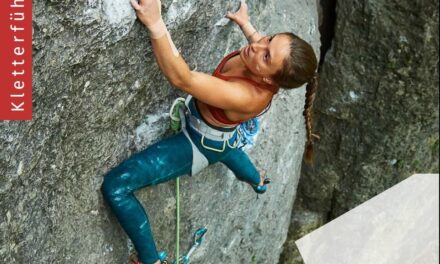

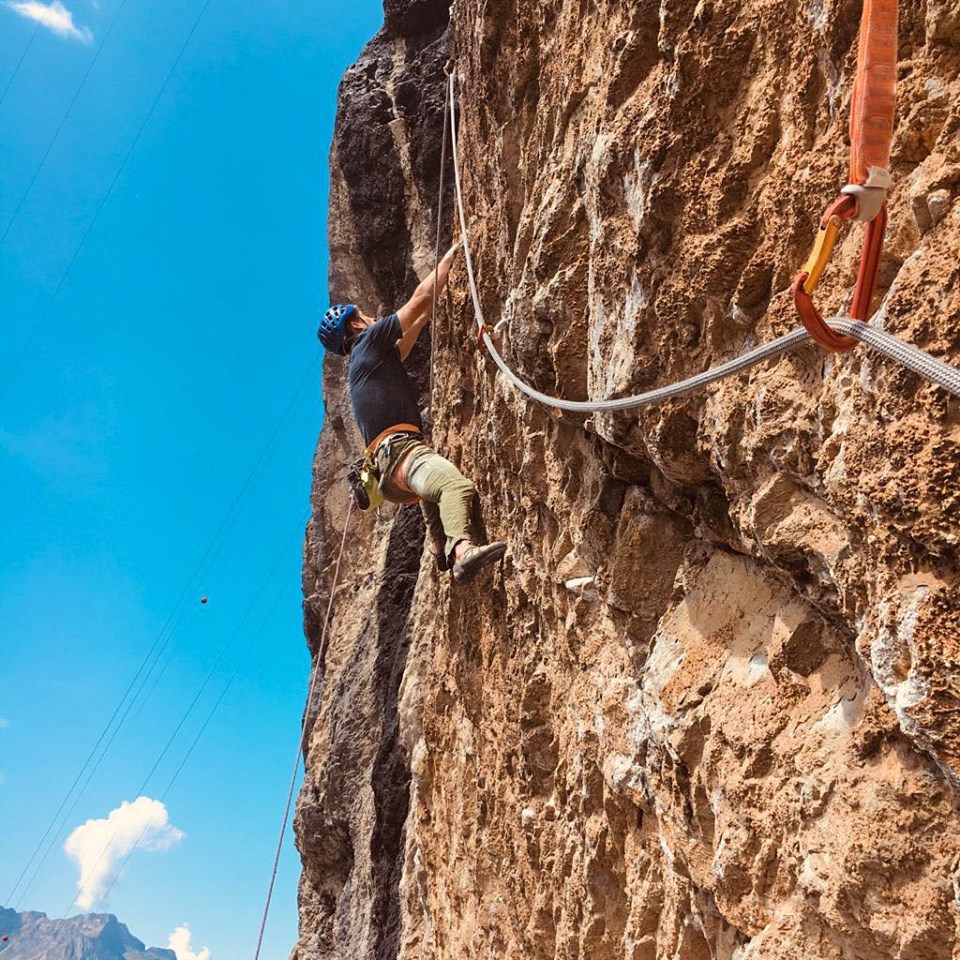


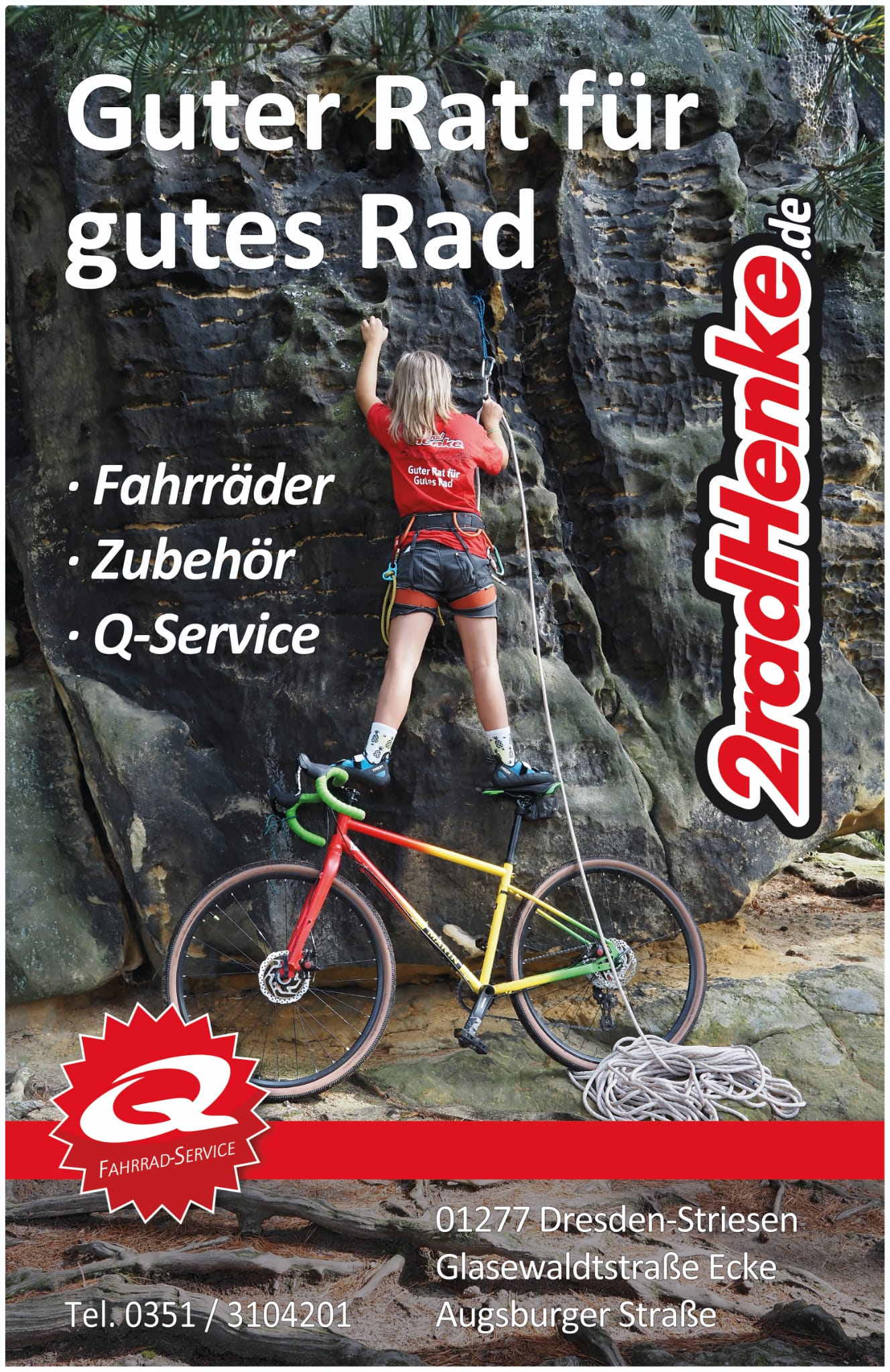
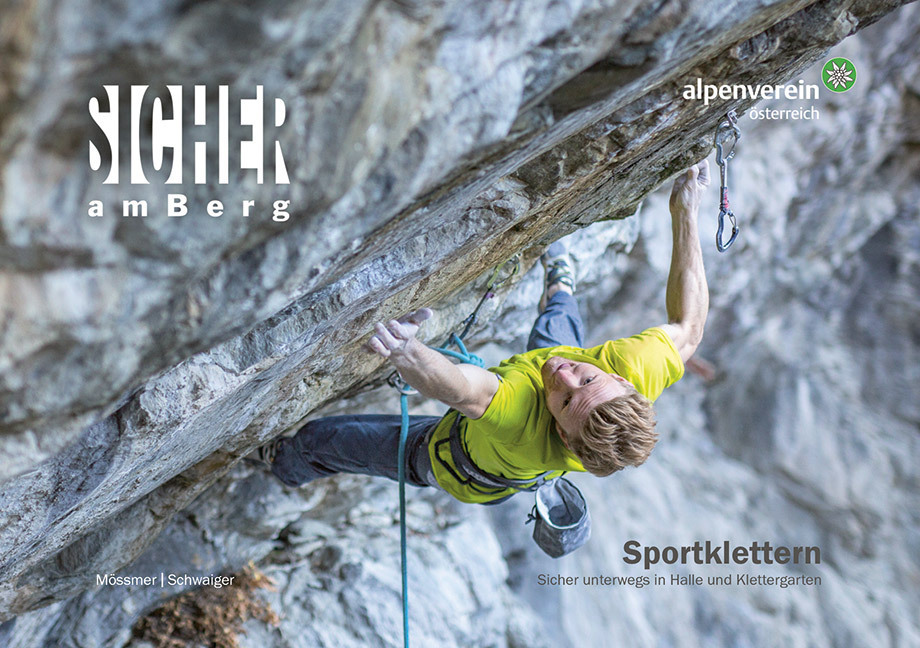
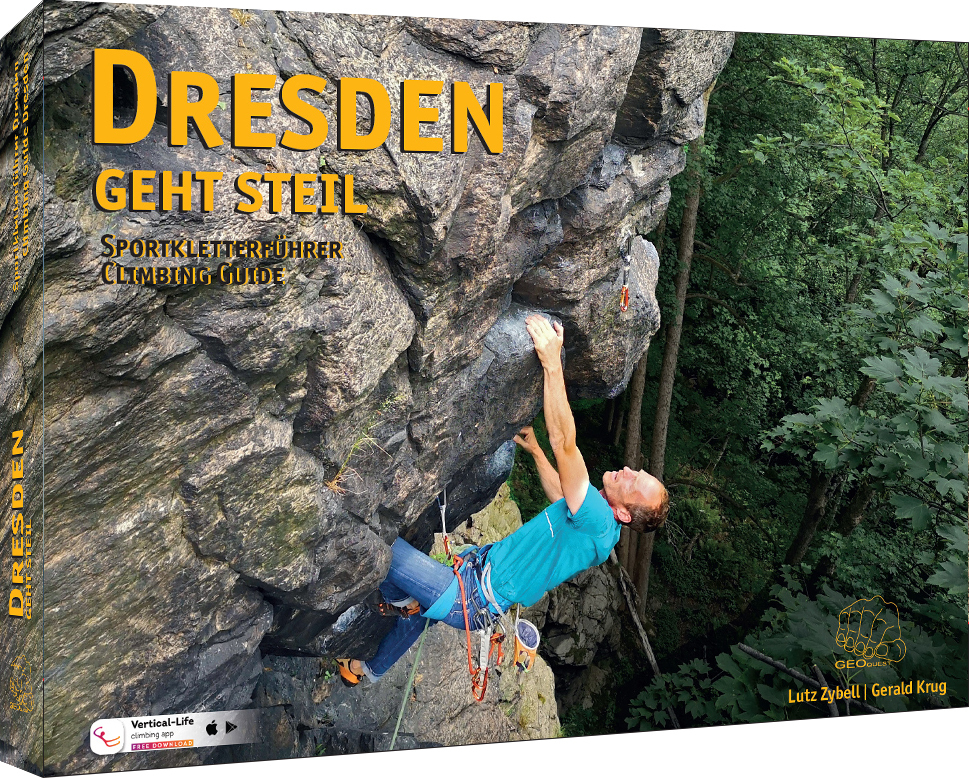
Genau, liebe Helga, weil dein Weltbild nicht zulässt, dass sich Gesellschaften und ihr Blick auf die Geschichte verändern und damit…
Allein die Frage scheint ein perfektes Beispiel eines linksgutmenschlichen Bilderstürmers zu sein. Selbstverständlich sind solche Begriffe nicht rassistisch, sondern die…
Ich reiche hiermit die fehlende Quelle des Direktzitats nach: https://kayakandclimb.blogspot.com/2023/11/free-karma-on-half-dome.html?m=1
Please contact Tobias Wolf via https://kayakandclimb.blogspot.com/ Cheers Gabi
Hi ! well done for the FFA of Charliberté !! I'm looking for a really good picture of this area…